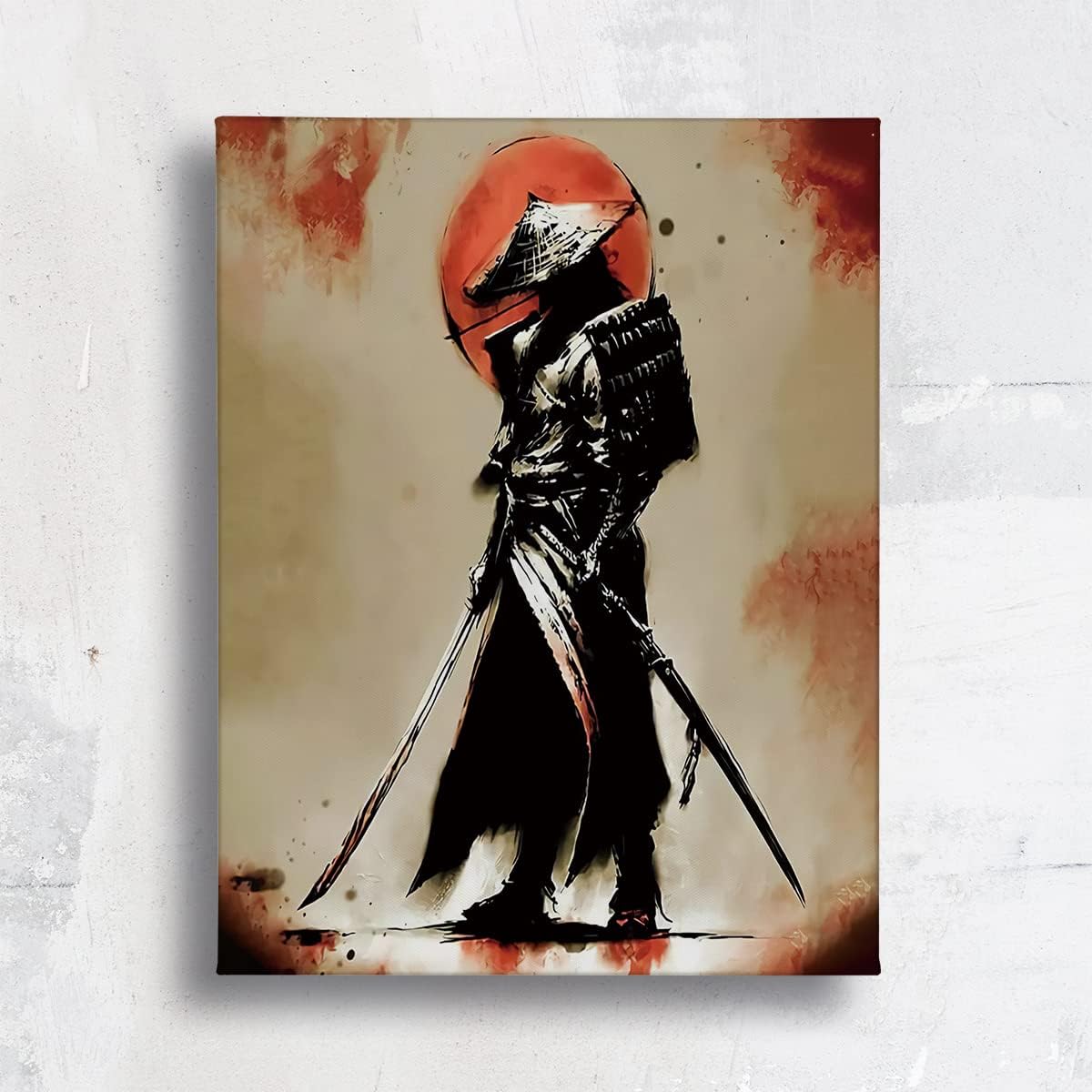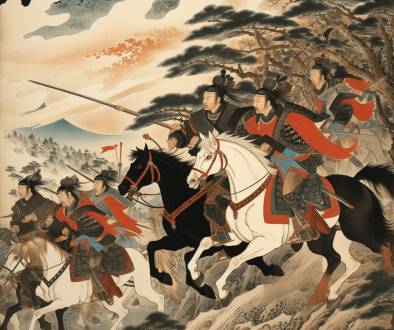Exploring the Life of Kato Kiyomasa in the Sengoku Period
During the Sengoku period, children of prosperous samurai families were exposed to the equestrian arts at an early age; one such child prodigy was Kato Kiyomasa.
He became an exceptional warrior, renowned for his fighting prowess, earning himself the Lordship of Kumamoto castle in Higo province.

He had joined the Eastern army before Sekigahara and was rivals with Ishida Mitsunari, whom he perceived as an outsider attempting to infiltrate military ranks from civilian life.
Early Life
Born in Nakamura village (modern-day Nagoya City Aichi Prefecture, Japan) of Owari district, Kiyomasa’s mother was related to Toyotomi Hideyoshi, who united Japan at the end of the 16th century.
Kiyomasa was raised in a samurai household during a tumultuous period marked by intense warfare and political upheaval. From a young age, he would have been immersed in the rigorous training and education typical of samurai families, focusing on martial skills, discipline, and loyalty to his lord. Kiyomasa’s upbringing likely instilled in him the values of honor, duty, and service that were central to the samurai ethos.
Rise to Prominence
Kiyomasa joined Hideyoshi’s army at 18 and quickly earned a reputation as an exceptional warrior. He saw action during the Siege of Takamatsu, Battles of Yamazaki Shizugatake Komaki Nagakute, and Korean campaigns – his fighting abilities, strategic ingenuity, and unfaltering devotion were all indispensable resources in battle. Kiyomasa would later serve Hideyoshi faithfully for decades afterward.
Kiyomasa was famed for both his warrior skills and wisdom and intelligence. He wrote a book entitled The “Secrets of the Fight” which provided practical strategies for defeating adversaries; this volume became very popular and served as a manual for warriors across Japan.
From a historical perspective, Kato Kiyomasa was renowned for his expertise in fortress architecture, a skill that played a significant role in his military career. Kiyomasa’s mastery of fortress construction was particularly evident in his contributions to the design and fortification of various castles, including Kumamoto Castle in Kumamoto Prefecture, Kyushu. As a daimyo and military commander, Kiyomasa recognized the strategic importance of well-defended strongholds in maintaining control over territories and repelling enemy attacks.
In the construction of Kumamoto Castle, he implemented innovative architectural techniques and defensive features, such as sturdy stone walls, intricate moats, and strategically placed turrets. Kiyomasa’s fortress architecture skills not only bolstered the defensive capabilities of the castles under his control but also solidified his reputation as a formidable military leader during the tumultuous Sengoku period in Japanese history.
Military Achievements
Kiyomasa was known for his military expertise and fortress architecture skills, and he designed many of Hideyoshi’s castles. Additionally, he spearheaded various social, economic, and cultural reform initiatives during his lifetime.
Kiyomasa became Leyasu Tokugawas retainer after Hideyoshi died in 1598 and received half of the Higo Domain in Kumamoto Province as compensation. He distinguished himself in battle, earning himself the name “Shizugatake-no-shichihon-yari” which translates to “Seven Spears of Shizugatake”. During battles he fought during the Kyushu Campaign, where he took many castles from Ishida Mitsunari’s allies.

Important Relationships
Kiyomasa was one of Toyotomi Hideyoshi’s trusted generals during campaigns across Japan and Korea. A fierce warrior who also built castles, Kiyomasa sought a balance between war and art – unlike his patron. However, he took little pleasure from tea ceremonies or poetry recitals; war was his life pursuit!
In the late 16th century, he participated in campaigns against Koreans and is often cited as having participated in Japan’s invasion of Korea. A master strategist, he utilized his yari (spear) skillfully. At Nagakute, he took two Korean princes as hostages to force lower-ranking officials to surrender.

He was an esteemed daimyo and military commander in Japan’s feudal society, introducing numerous social, economic, and cultural reforms that transformed its feudal society. His tireless determination and indomitable spirit earned him a place amongst some of the greatest warriors from Sengoku period Japan.
After Hideyoshi’s death, Kiyomasa joined Tokugawa Leyasu’s forces. However, Ishida Mitsunari and other Shizugatake’s Seven Spears members rebelled against the Toyotomi clan. They launched their revolt, leading to split armies and Leyasu winning The Battle of Sekigahara.
Kiyomasa embraced Western technologies and cultures, fostering economic development within his domain and encouraging cultural exchange between various Japanese peoples. He made an imposing presence during a turbulent era with his iconic crescent-moon helmet and one-eyed visage.
Contributions to Japanese Society
Unfortunately, on August 2, 1611, while traveling by sea to Kumamoto from meeting Hideyori, he died and was buried at Honmyo-ji temple in Hanazono near Kumamoto. His Ihai (resting place) can be found at Choeizan Daikokuin Honmyo-ji Temple in Hanazono, Tokyo; his Ishrine can be seen in numerous shrines across Japan, including Kato-jinja in Kumamoto. As an avid Nichiren Buddhist who fiercely opposed Christianity’s spread in Japan. Today, his spirit remains an inspiration to many Japanese citizens. One of the most prominent samurais from Japan’s Sengoku period, his legacy remains an emblematic example of Japanese fighting spirit and will forever remain part of Japanese samurai culture and heritage.
Today, his legacy lives on in various locations, such as Nagoya Station Shinkansen terminal and Kato-jinja Shrine bearing his name.




